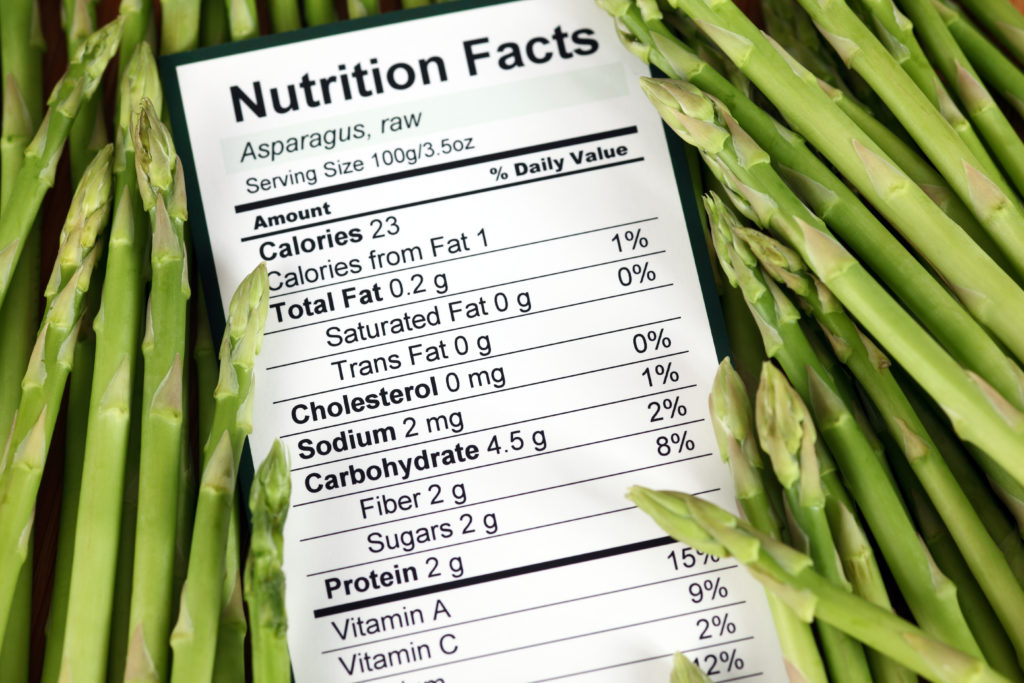Five Hot Myths to Bust this Nutrition Month

Myth-busting never seems to go out of style, and when it comes to nutrition, there’s plenty to debunk. The challenge is that people often remember just the myths, once you’ve stated them! Instead, we can lead with facts or truths that get at underlying myths. Satisfy your clients’ craving for trustworthy advice by sharing these five nutrition truths.
1. Truth: “Plant-based” means different things to different people.
A plant-based diet is one with more plant foods than animal foods. The myth is that “plant-based” automatically excludes animal foods, but a plant-based diet can range from eating 100% plant foods to eating some plant- and some animal-based foods. Unfortunately, the term has sometimes been used to pit animal and plant foods against each other, when in fact they are both highly nutritious in their whole and least processed forms.
2. Truth: Conventionally produced food is just as safe and nutritious as organic food.
We don’t want myths about the safety or nutritional value of conventionally grown foods to stop people from eating plenty of produce. Consider this: 98% of veggies and fruits grown in Canada have pesticide residues well below safety limits. Canada’s pesticide evaluation and regulation in this country is among the most stringent in the world. Over 200 studies must be conducted to prove the health and environmental safety of pesticides including short-term and long-term effects. Whether people eat organic or conventional produce, the benefits of eating plenty of fruit and vegetables are undeniable.
3. Truth: Almost 50% of the calories in the Canadian diet come from ultra-processed food.
Shockingly, nearly half of the calories in the Canadian diet come from foods that provide little nutrition in return (think cookies, soft drinks, chips, and fast food). Cutting back on any one food without addressing ultra-processed food is missing the boat! Encourage your clients to eat a balanced diet of whole foods as often as possible.
4. Truth: Extra-lean ground beef has the same maximum fat content as extra-lean ground poultry (chicken or turkey).
It’s simply not true that ground chicken is automatically lower in fat than ground beef. By law, ground meats – regardless of the type (beef, pork, lamb, chicken, turkey) – must comply with labelling laws that dictate how much fat products can contain to meet the defined descriptors of ‘Extra Lean’, ‘Lean’, ‘Regular’ or ‘Medium’. For example, extra-lean must have no more than 10% fat content, regardless of whether it’s ground turkey, chicken or beef – or pork, or lamb, too. Oddly, the simulated ‘meat’ products do not seem to have to comply with this rigor making it difficult to make an informed comparison.
5. Truth: There is no one way to eat right.
It’s time to push back against simplistic food “rules” and notions of what counts as a “healthy meal.” Instead, we can share examples of how culture, food traditions, health conditions, and personal circumstances influence what healthy eating can look like. There is no one diet fits all.

